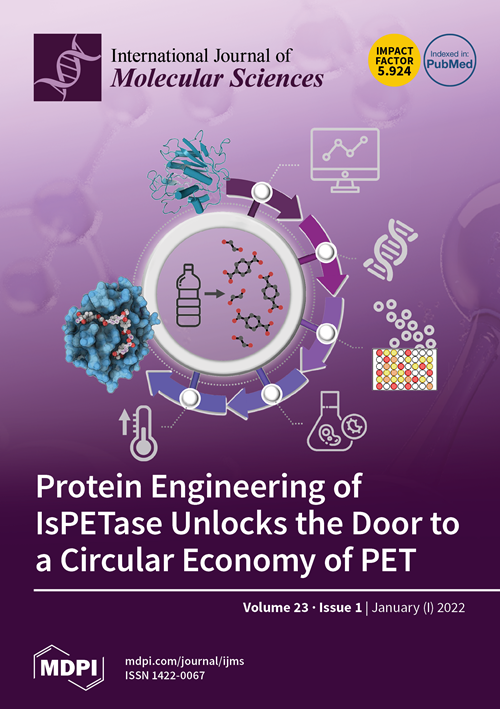从分子机制到临床治疗:了解败血症引发的多器官功能障碍
IF 4.9
2区 生物学
Q1 BIOCHEMISTRY & MOLECULAR BIOLOGY
引用次数: 0
摘要
败血症诱发的多器官功能障碍源于高度复杂的病理生理学,包括炎症、氧化应激、内皮功能障碍、线粒体损伤、细胞能量衰竭和菌群失调的相互作用。过去几十年来,许多研究都致力于阐明败血症的分子机制,以开发有效的治疗方法。目前的研究强调,肝脏和心脏功能障碍以及急性肺损伤和肾损伤是导致败血症患者死亡的主要原因。对败血症诱发器官衰竭的了解揭示了治疗败血症的潜在治疗靶点。各种新型疗法,包括褪黑素、二甲双胍、棕榈酰乙醇酰胺(PEA)、某些草药提取物和肠道微生物群调节剂,已在不同的败血症模型中显示出疗效。近年来,研究重点已从抗炎和抗氧化剂转向探索败血症中能量代谢和肠道微生物群的调节。在各种动物败血症模型中,这些方法对预防多器官损伤和死亡有显著效果,但还需要进一步的临床研究。这些知识的积累丰富了我们对败血症的认识,并有望促进未来有效治疗策略的开发。本文章由计算机程序翻译,如有差异,请以英文原文为准。
From Molecular Mechanisms to Clinical Therapy: Understanding Sepsis-Induced Multiple Organ Dysfunction
Sepsis-induced multiple organ dysfunction arises from the highly complex pathophysiology encompassing the interplay of inflammation, oxidative stress, endothelial dysfunction, mitochondrial damage, cellular energy failure, and dysbiosis. Over the past decades, numerous studies have been dedicated to elucidating the underlying molecular mechanisms of sepsis in order to develop effective treatments. Current research underscores liver and cardiac dysfunction, along with acute lung and kidney injuries, as predominant causes of mortality in sepsis patients. This understanding of sepsis-induced organ failure unveils potential therapeutic targets for sepsis treatment. Various novel therapeutics, including melatonin, metformin, palmitoylethanolamide (PEA), certain herbal extracts, and gut microbiota modulators, have demonstrated efficacy in different sepsis models. In recent years, the research focus has shifted from anti-inflammatory and antioxidative agents to exploring the modulation of energy metabolism and gut microbiota in sepsis. These approaches have shown a significant impact in preventing multiple organ damage and mortality in various animal sepsis models but require further clinical investigation. The accumulation of this knowledge enriches our understanding of sepsis and is anticipated to facilitate the development of effective therapeutic strategies in the future.
求助全文
通过发布文献求助,成功后即可免费获取论文全文。
去求助
来源期刊

International Journal of Molecular Sciences
Chemistry-Organic Chemistry
CiteScore
8.10
自引率
10.70%
发文量
13472
审稿时长
17.49 days
期刊介绍:
The International Journal of Molecular Sciences (ISSN 1422-0067) provides an advanced forum for chemistry, molecular physics (chemical physics and physical chemistry) and molecular biology. It publishes research articles, reviews, communications and short notes. Our aim is to encourage scientists to publish their theoretical and experimental results in as much detail as possible. Therefore, there is no restriction on the length of the papers or the number of electronics supplementary files. For articles with computational results, the full experimental details must be provided so that the results can be reproduced. Electronic files regarding the full details of the calculation and experimental procedure, if unable to be published in a normal way, can be deposited as supplementary material (including animated pictures, videos, interactive Excel sheets, software executables and others).
 求助内容:
求助内容: 应助结果提醒方式:
应助结果提醒方式:


